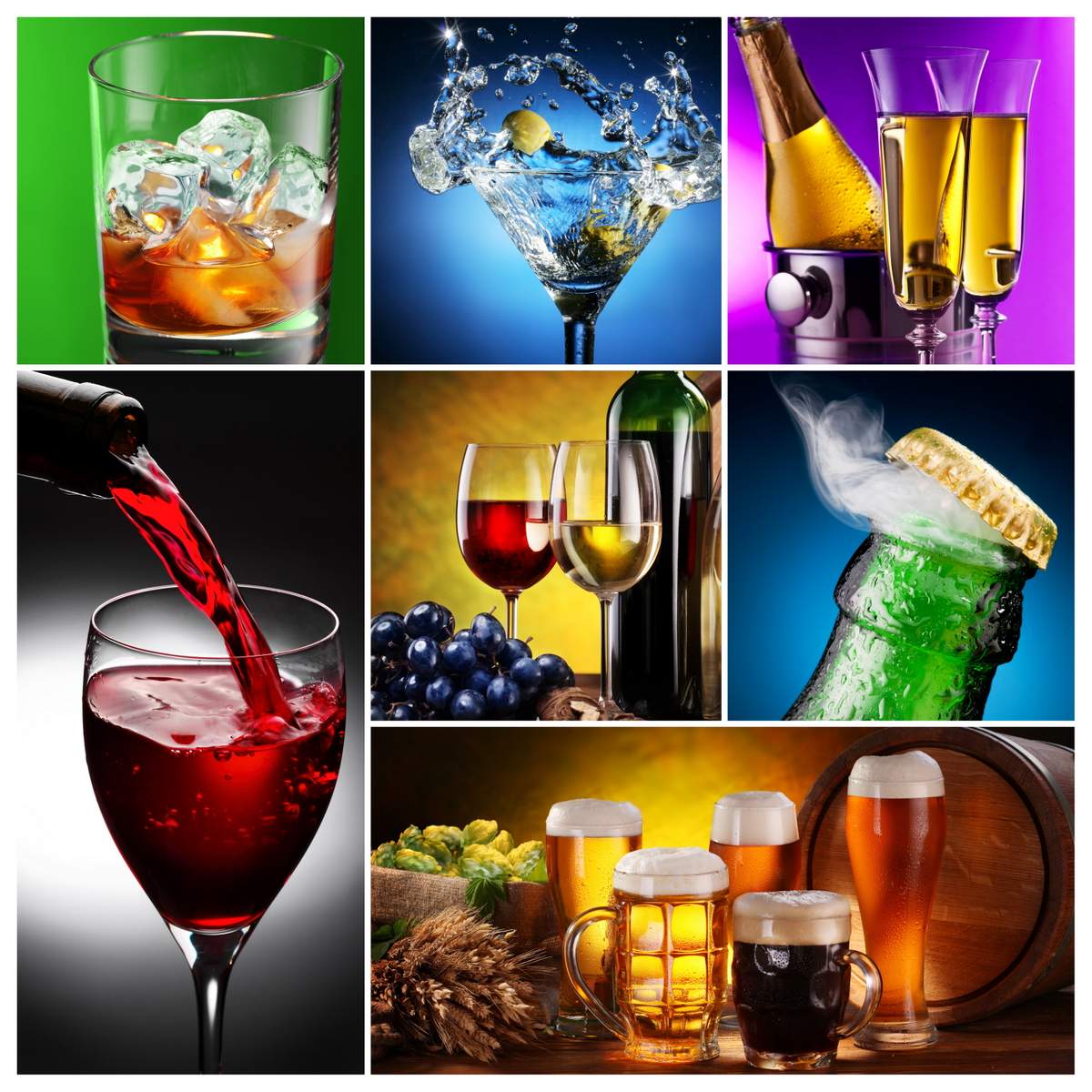
Over the last 40 years, IWSR has built up the world’s largest database on the beverage alcohol market. It claims to understand the market, category and brand performances of products in 157 countries across the world using local market input. Occasionally, IWSR releases market reports, and occasionally we run those market reports because we find them interesting and insightful. Here’s one right now!
IWSR Drinks Market Analysis, a global leader in alcohol data and analysis, recently released preliminary 2022 data across the total beverage alcohol industry in the United States that shows all major categories — beer, cider, wine, spirits and ready-to-drink (RTDs) — posted growth across premium-plus price tiers.* While total volumes of wine (-2 percent), beer (-2 percent) and cider (-4 percent) all declined in 2022, the premium-and-above segments of each grew: wine (+6 percent), beer (+4 percent) and cider (+11 percent). Total spirits volumes were up +2 percent, with premium+ up +13 percent, while RTDs showed moderate gains at less than +1 percent with premium+ up +38 percent.
“Economic uncertainty continued throughout 2022, ranging from inflation to talks of a recession to supply chain instability,” said Brandy Rand, Chief Strategy Officer, IWSR Drinks Market Analysis. “Despite this, a recent IWSR consumer price sensitivity survey shows Americans feel confident about their finances at a personal level.”
High-income drinkers, earning over $150,000, were especially secure, and across all demographics Millennials show more confidence than older drinkers. IWSR consumer data shows consumer spending and purchasing volume are up in 2022 vs. 2021 in most tracked categories. Despite industry-wide price increases, premiumization (or trading up to higher-priced, often higher-quality products) is still driving all segments of beverage alcohol.
Premiumization is occurring most notably in spirits. Overall, 33 percent of Americans said they had spent $50 or more on a bottle of alcohol in 2022, against just 24 percent in 2021. Furthermore, six in 10 online shoppers say they spend more on alcohol online than in-store.
“Another area where premiumization is proving to be a key factor driving volume is at-home consumption,” said Rand. “With a vast majority of Americans consuming alcohol at home, 46 percent say they are likely to treat themselves to better quality drinks there, which is also beneficial for wine and beer.”
Other key insights from IWSR include:
Spirits category has its 25th straight year of volume gain
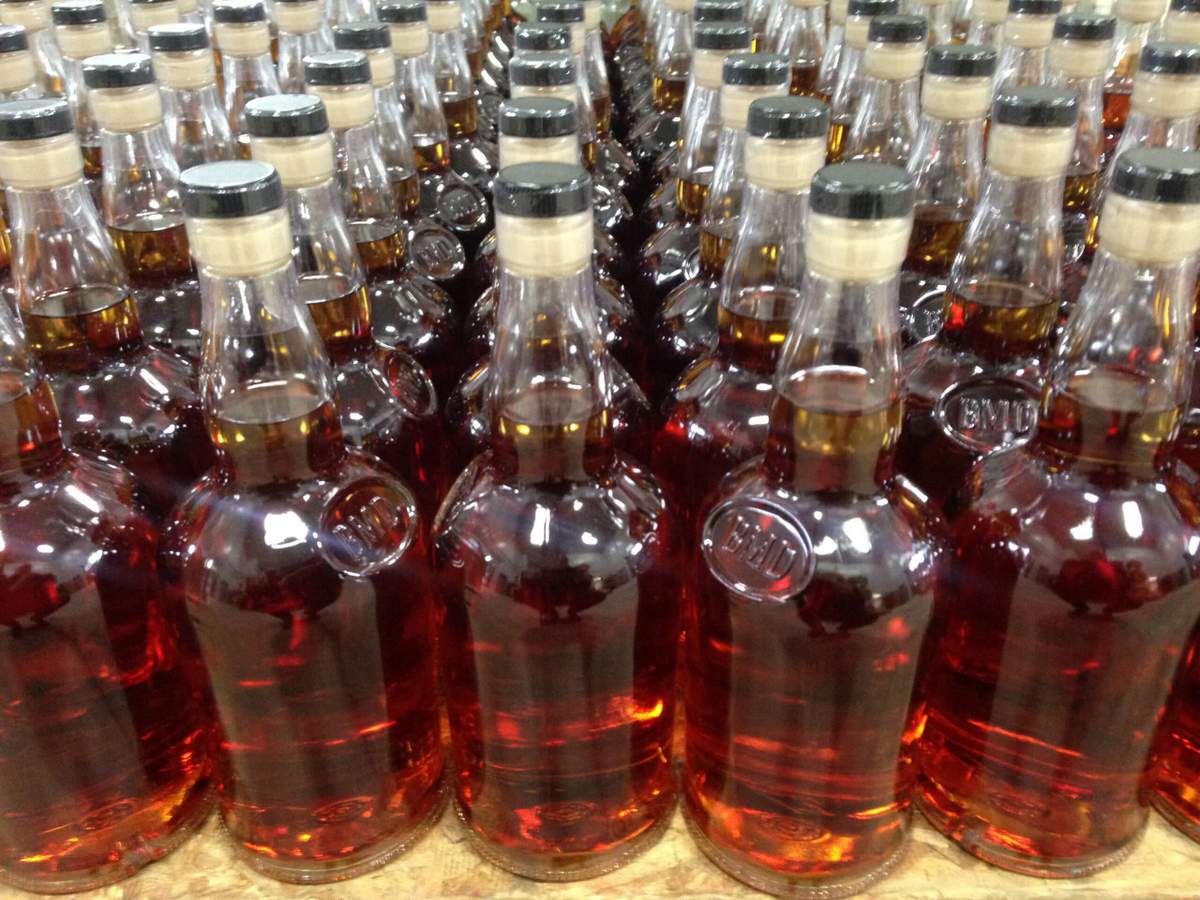
Long-term premiumization of spirits has boosted the category with evident crossover in RTDs as pre- mixed cocktails and spirit-based RTDs gain ground. Total whisky category volumes (up +3 percent in 2022 vs. 2021), surpassed vodka (less than +1 percent growth in 2022 vs. 2021) last year for the first time in almost two decades. U.S. whiskey holds the largest share of total whisky volumes, as well as percentage growth (+4 percent), with value increases led by bourbon which increased by +8 percent.
Agave spirits contributed $1.6 billion to the spirits industry in 2022. This growth accounted for 70 percent of the overall volume growth and 65 percent of overall value growth of total U.S. spirits. Also notable in 2022, tequila surpassed U.S. whiskey by value to become the second most valuable spirits subcategory in the United States. Tequila alone is set to overtake vodka in 2023 to become the industry leader by value. Traditional spirits are expected to overtake traditional beer as the share of servings leader for the first time in modern history this year. This means on a drink-by-drink basis, more Americans will drink traditional spirits.
Bright spot for beer across premium and imports, as RTDs slow with mixed performance across subcategories
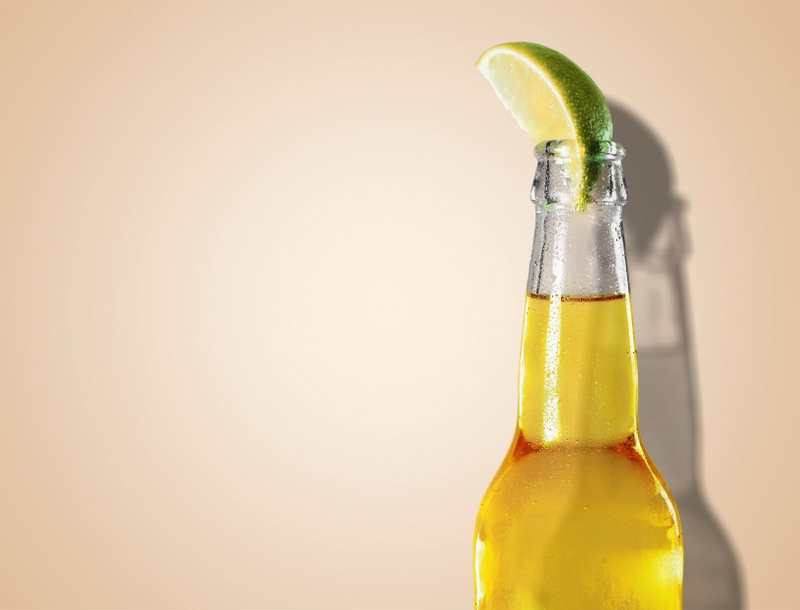
While total beer continues to recover from pandemic losses, imports (led by Mexican beer) showed positive volume gains at +4 precent. Domestic beer commands a 79 percent volume share of total beer and struggles from long-term decline, weighing down overall beer performance.
The RTD category (which includes all alcohol bases) was able to post seven straight years of volume gains but saw a much lower growth rate than in previous years, (+1 percent) in 2022, as malt-based hard seltzers slow down. Spirit-based RTDs, hard teas and FABs show momentum however and premiumization is evident across the RTD category as value increased by +6 percent.
Fueled by Prosecco, sparkling wine achieved its 21st consecutive year of both volume and value gains while sparkling wine sees continued growth, the total wine category declined by volume for the second straight year, decreasing -2 percent in 2022 vs. 2021. From a value perspective, total wine posted modest growth (+1 percent). Still wine continues to drag down overall wine performance (-3 percent) as declines in the standard-and-below segment were unable to be offset by advances occurring in the premium-and- above tiers.
Within still wine, a strengthening trend of health and wellness is bringing awareness to the no- and low- alcohol subsegments. In other wine segments, rice wine/sake (+3 percent) and flavored wine (+8 percent) performed well. Rice wine/sake benefited from a return to the on-premise, while flavored wines attract younger LDA consumers drawn to flavor, a halo effect from the RTD category.
No/low alcohol is increasing in significance as the health and wellness movement commands a growing portion of consumer spending.
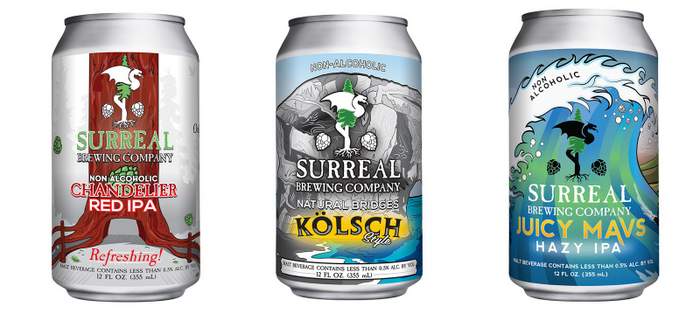
Though no/low products are a mere 1 percent volume share of total beverage alcohol in the United States, the category’s growth rate was +15 percent in 2022. No/low-alcohol wine and beer hold the largest share, both in volume and value. More than half of alcohol drinkers claimed to want to moderate their intake in 2022. The leading reasons people say they consume no-alcohol products is to stay in control followed by avoiding the effects of alcohol, while low-alcohol drinkers prioritize reducing alcohol intake in general.
Channel dynamics point to strengthening on-trade recovery
Usual channel dynamics were severely disrupted by COVIC-19, with ecommerce and brick and mortar off-trade sales benefitting from on-trade restrictions. Near-term corrections will see the picture stabilize over the next five years. Ecommerce share was up +1 percent in 2022, at a much more moderate performance than pandemic highs. On-premise recovery is evident with the channel up +24 percent, and with a full return to pre-pandemic volumes expected in 2023. Half of consumers expect their on-trade drinking to remain the same, although many are watching what they spend and reducing the frequency of visits.
*Premium-plus, premium-and-above, and premium+ refer to all price bands from premium to prestige.

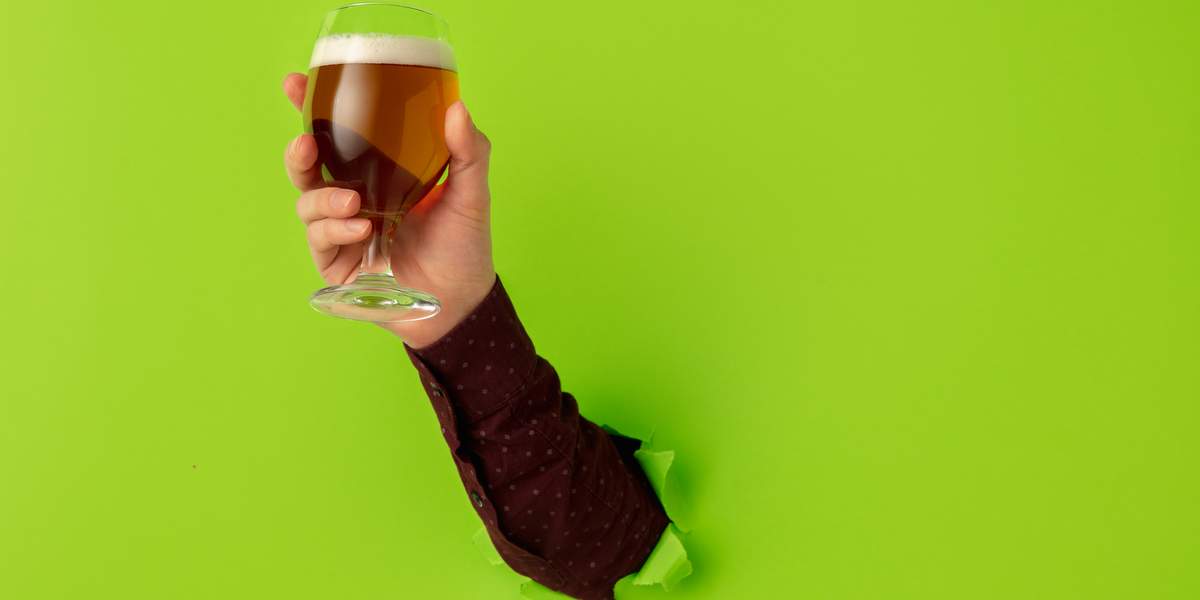
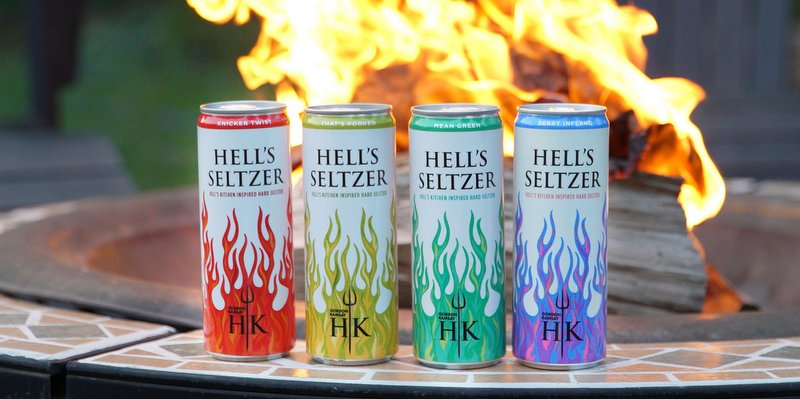
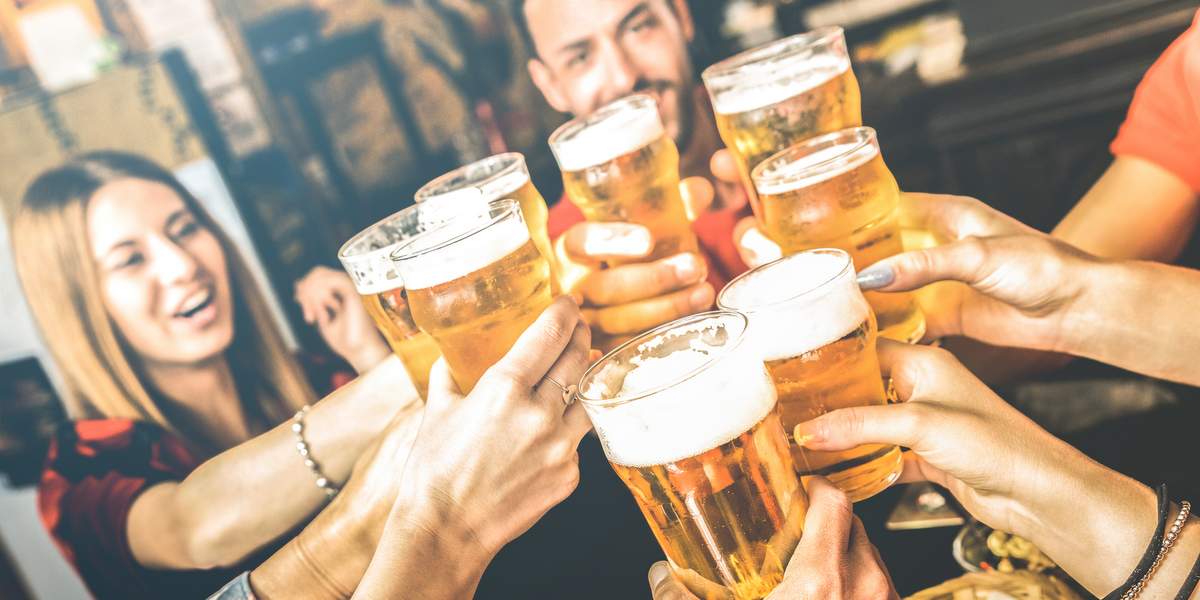
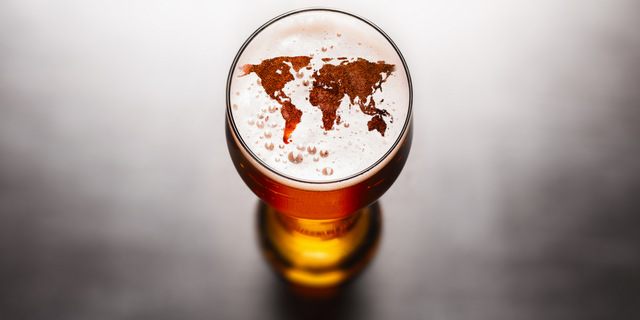
Leave a Reply
You must be logged in to post a comment.